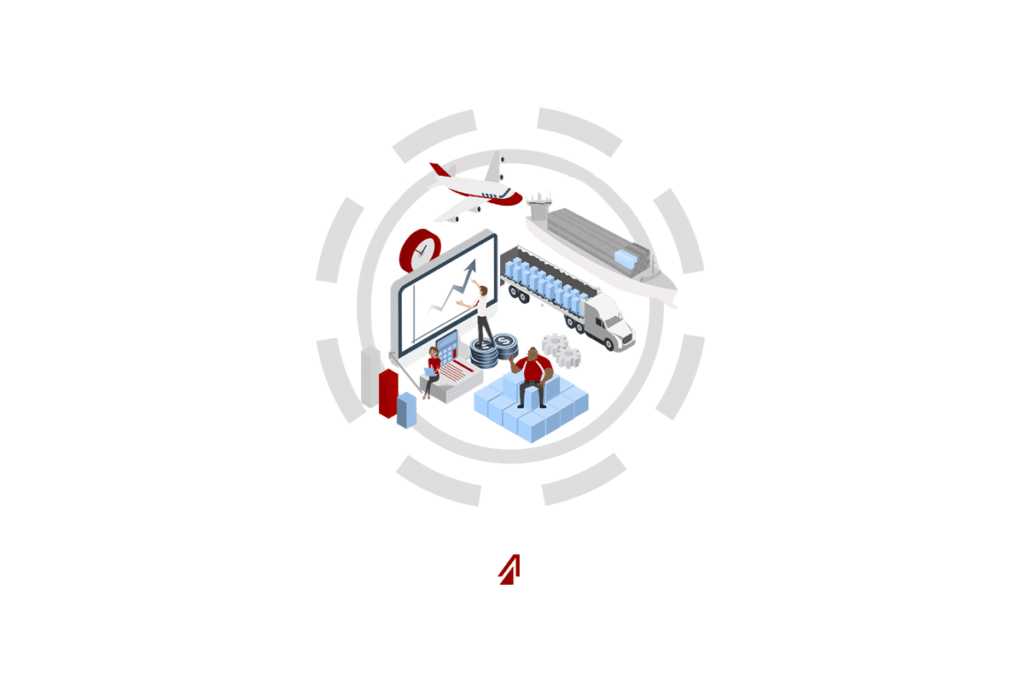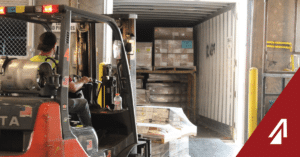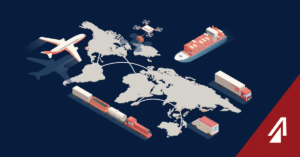Coronavirus
The coronavirus pandemic has had lessened effects across the United States in March, but worldwide, the pandemic is as strong as ever. Cities like Shanghai China are involved in their strongest lockdowns since Wuhan in 2019. The lockdowns have global implications as Shanghai is not currently producing goods, many of which are imported into the US, nor is the Port of Shanghai, one of China’s busiest ports, available for commerce.
GDP
In March, the US government revised the 2021 annual US GDP to 6.9% from the previously estimated 7% growth. The US Department of Commerce indicated that this downgrade is reflective of smaller increases in consumer spending as well as fewer exports. This year’s Q1 growth is mildly dragging as well at a mere 0.5% and is attributed to many organizations’ inability to restock shelves and warehouses.
Employment
According to the US Bureau of Labor Statistics, the national employment rate has increased to 60.10% from 59.90% in February. The unemployment rate also fell to 3.6% from 3.8% in February. The highest job growth sectors include leisure and hospitality, professional and business services, retail trade, and manufacturing.
Inflation
Inflation continues to rise as US is experiencing another record growth month. March saw the inflation rate increase to 8.5% is the record high since December of 1981. This is a significant jump from the 7.9% experienced in February. Some of the highest inflation areas are in energy (+32%), specifically in gasoline (+48%) and fuel oil (+70.1%), food (+8.8% – the highest increase since May 1981), and shelter (+5%).
Manufacturing
US manufacturing is improving month over month. March saw the manufacturing PMI increase to 58.8 and was the highest growth ranking in 6 months. Some of the growth can be attributed to increased demand conditions as well as successful hiring increases. However, March also saw progressive work backlog and input cost increases.
Interest Rates
The Federal Reserve increased interest rates in March by .25%. Fed chairman, Jerome Powell, states that the Fed is committed to taming inflation as quickly as possible. This has led much of the board to recommend a 50 basis point (bps) increase in May. Others of the board do not feel this is strong enough and suggest that a 75 bps increase may be necessary.
Capacity
Truckload capacity has increased in March. DAT Trendlines reports March’s Van-to-Truckload rate fell 37.7% and is approximately 20.9% less than March 2021 as well.
For global shipments, capacity has increased in US ports like Savannah, Georgia. Port authorities have recently concluded its dredging of the Savannah River adding an additional 5 feet of draft. This adds significant access to the port for larger vessels.
Regulations
One of the larger regulations for the logistics industry to be aware of is the EPA’s current push to limit NOx emissions from larger vehicles like buses and heavy trucks. In March, the Biden Administration announced its intentions to eliminate smog and pollution from heavy vehicles. This is the first federal emissions reduction mandate enacted since 2001. The EPA is currently working on drawing up rules to reduce nitrate oxide (NOx) emissions by up to 90% by the end of 2031.
Trucking industry leaders, like the American Trucking Association (ATA) President and CEO, Chris Spear, weighed in by saying “We share the Biden Administration’s goals of reducing air pollution—as a longtime member of EPA SmartWay Transport Partnership—we have worked in harmony with environmental regulators to successfully reduce greenhouse gas and NOx emissions. We will be looking very closely at the proposal put forth today by the administration, and working with them to shape an outcome that builds on those reductions, while not hurting the reliability of the trucks and trailers we purchase, nor imposing unreasonable or unworkable costs on our industry.”
Rates
Current shipment rates are down in March. According to DAT, spot rates fell 2.2% from February. However, shipment rates overall are up 13.9% from March of 2021.
Behaviors
The COVID pandemic has changed the way many customers interact with businesses – including B2B customers. Part of this change has consumer seeking to be better informed than before. This means better supply chain visibility both up- and downstream. Another behavior change is a greater emphasis on making an impact on the target audience and being voice of customer driven. All of these have manifested in rising environmental, social, and governance (ESG) practices from companies as differentiators for businesses.
Technology
The US Department of Transportation is seeking to implement an information exchange system made up of shippers, carriers, 3PLs, and other stakeholders. The DOT is leading a commission called the Freight Logistics Optimization Works Initiative and is seeking to create a data sharing portal to allow various stakeholders to communicate more efficiently.
Currently, only a pilot program is in place involving various LSPs and ports like the Ports of LA and Long Beach and Ports of Georgia; however, the commission is creating a website to gauge interest from larger portions of the industry. Goals with the current pilot program include ensuring early return dates are consistent across partners, measuring more accurate chassis availability, and understanding aggregate dwell times.
Fuel Impact
Fuel rates are up .3% from February and have risen 63.6% from March of last year.
Driver Concerns
Driver concerns have remained fairly consistent over the past few months. One of the largest concerns is the looming shortage of over the road drivers. The ATA estimates that the driver pool is currently short about 80,000 drivers and will double that over the next decade. Carriers will need to replace nearly 1,000,000 drivers by 2030 as well. Industry leaders are seeking ways to retain drivers as well as encourage new ones to be trained and implemented. However, no single solution has currently presented itself.



